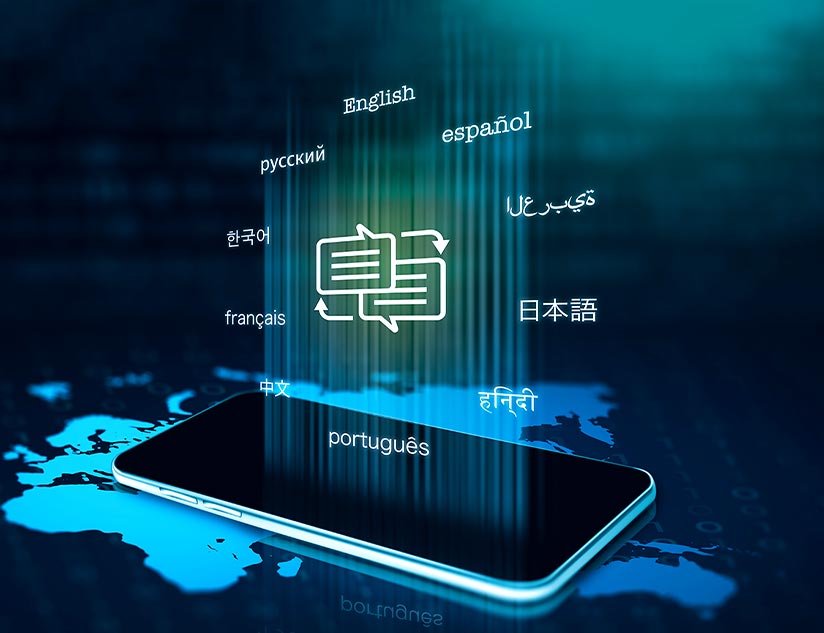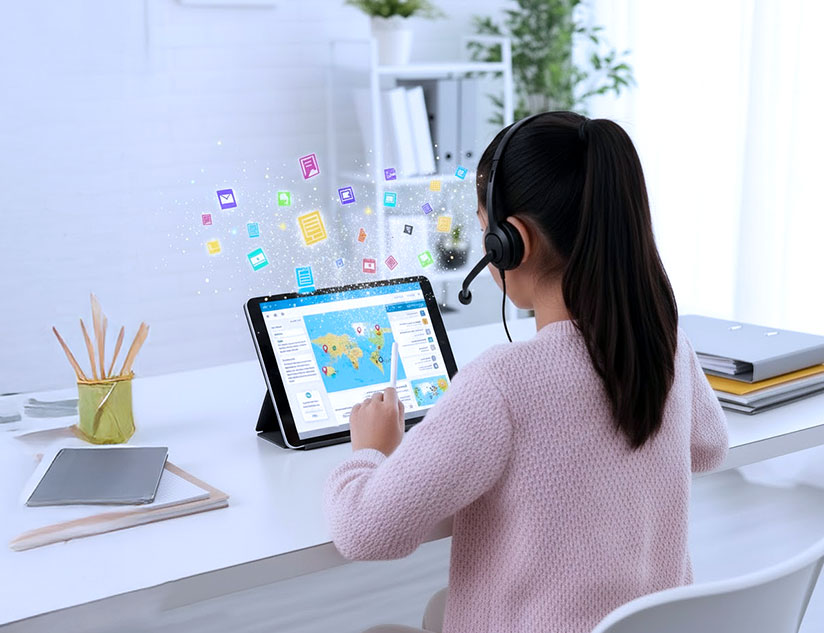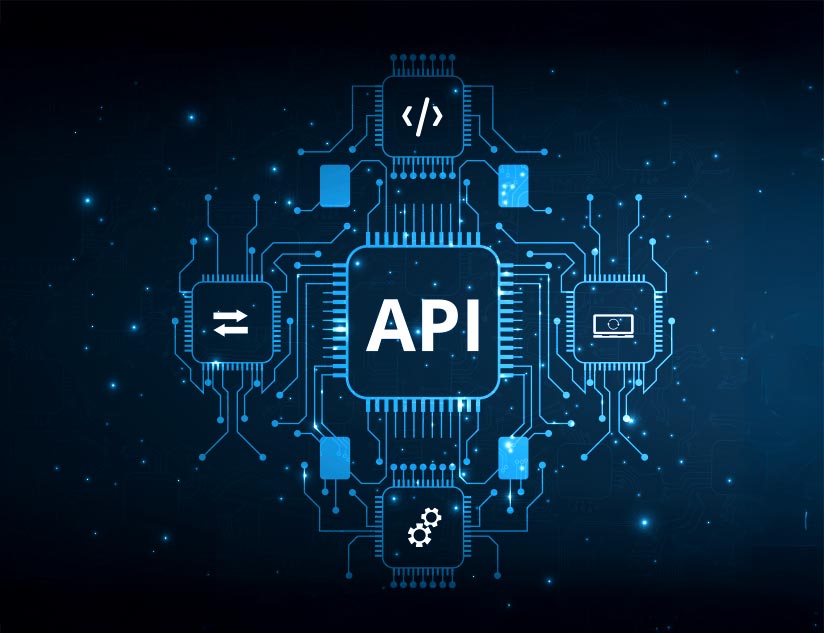Given the potential and demand for online learning, the eLearning localization services market is forecasted to expand super-linearly. Language is a crucial aspect of educational localization, especially for the K-12 segment. According to UNESCO, schooling in the mother tongue, especially in the early years, improves learning outcomes and academic performance. Language accessibility is also a crucial factor in determining the inclusivity and quality of learning delivered by an online eLearning platform. Digital learning platforms must address linguistic needs to stay competitive and relevant in a rapidly globalizing educational space. Learn how offering multilingual digital learning educational content can help you differentiate your brand.
Growing Need for Multilingual Features in Digital Learning Platforms
Given that only 20% of the global population speaks English, the demand for multilingual educational content is set to grow significantly. Education publishers and edtechs have a massive opportunity waiting to be explored. As educational settings expand beyond classrooms and transcend geographical boundaries, ensuring linguistic accessibility of the content can be a game-changer. A way to distinguish your educational institution is to offer better learner satisfaction with multilingual learning experiences. There are several advantages to it:
- Enhanced relatability and understandability of the content.
- Higher engagement across geographies and age groups.
- Improved learning experiences for students from diverse cultures.
The Roadblocks to Implementing Multilingual Features
Implementing multilingual digital learning features poses several challenges that must be addressed to ensure effective delivery. Here are the top challenges you must consider:
- Multilingual content creation – Ensuring clarity and accuracy are essential in educational content. More often than not, your subject matter experts (SMEs) only know one or, at the most, 2 languages with high proficiency.
- Quality of translation – While you can outsource this to translators, providing the highest quality and delivery at par with educational standards can be difficult. Additionally, pay attention to the cultural appropriateness of the learning materials, gamified experiences, and assessments.
- Multilingual learner support – Young learners with specific language requirements may be unable to communicate their doubts in a language different from their mother tongue. Your digital learning platform will be truly multilingual only if they get the support they need in their preferred language.
- Evolution of localized content with the base content – Curricula and modules evolve constantly, For instance, including more audio-visual formats, assistive technologies, etc. The learning materials must simultaneously evolve in all languages to offer consistent experiences to diverse learners. You need a robust and efficient system to translate and localize the content parallelly.
This means that your LMS must handle diverse character sets and right-to-left languages just as seamlessly as it does English. You may need to source technical talent to ensure that the fonts and alignment are accurate across user interfaces.
Best Practices for Integrating Multilingual Features
To optimize the localization of educational content, consider the following areas:
1. User Interface (UI) and User Experience (UX) Design
Leverage cutting-edge technologies, such as AI, to design intuitive language interfaces and optimize user experiences across different languages. Automatic language change, according to the user’s location and profile preferences, can enhance the learning experience on the multilingual digital learning platform.
2. Content Creation and Management
Adopt intelligent content authoring tools for efficient multilingual content creation and translation. Strategically plan and implement translation protocols to maintain consistency and quality across languages.
3. Integration and Technical Considerations
Leverage API-based tools for localization. API-powered cloud-based LMSs are scalable and deliver high performance even during peak learner traffic.
4. Compliance and Accessibility
Choose tools with inbuilt capabilities to help you meet accessibility standards. Use tools that ensure regulatory compliance across jurisdictions, such as compliance with student data privacy laws.
Prepare to Penetrate the Global Markets
The World Bank says that learning must be consistently “imparted in the most effective language” to give students the best opportunity to acquire foundational skills. We tend to be the most comfortable with our mother tongue. As a publisher or an education provider, you want to touch as many lives as possible. Since learners are more likely to engage in courses offered in their native language, offering multilingual educational content gives you an edge. However, mere language translation may not be sufficient to penetrate the global markets. EdTechs must localize their content for diverse learner groups. eLearning localization includes making the learning materials culturally appropriate, adjusting the user interface, and ensuring that assistive features also address multilingual requirements.
Hiring the required talent and developing the translation technology in-house is time- and cost-intensive. With state-of-the-art technology, AI-powered tools, and a fully equipped content authoring and distribution platform, MagicBox™ enables you to offer a multilingual online eLearning platform faster and cost-effectively. Penetrate the global markets by leveraging our expertise in the education industry. Speak to our multilingual transformation specialists to learn how we can enable you to offer multilingual eLearning experiences effortlessly.















